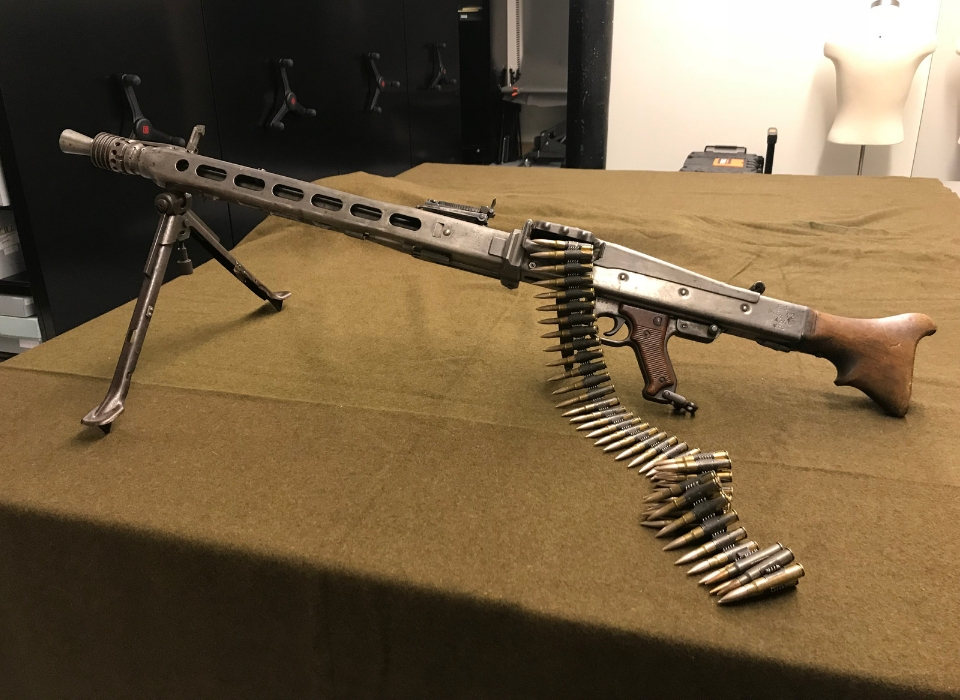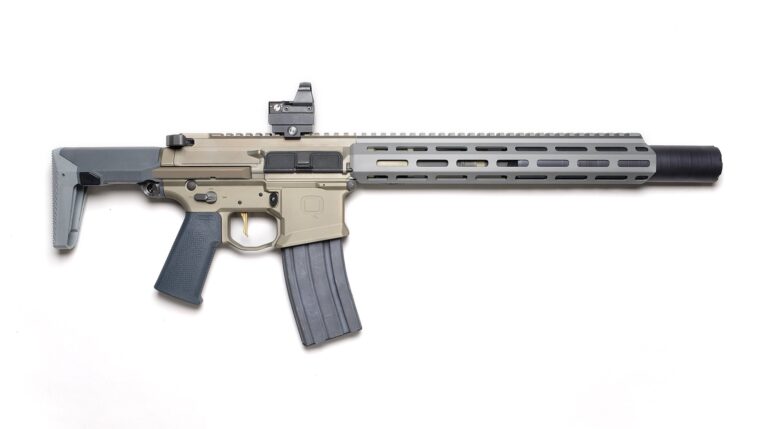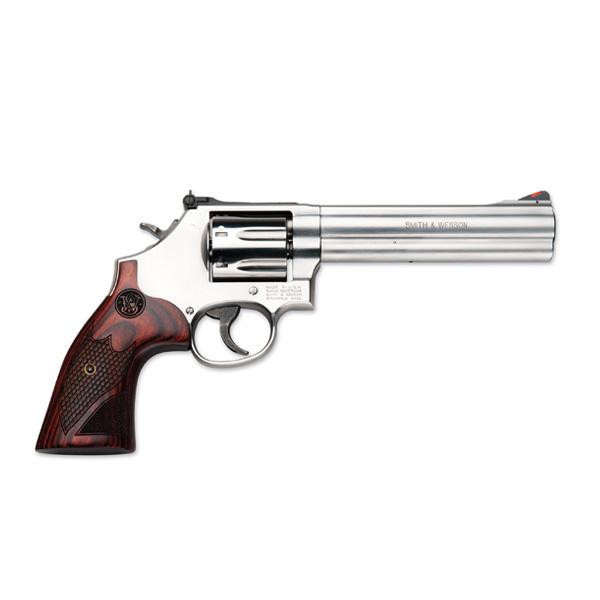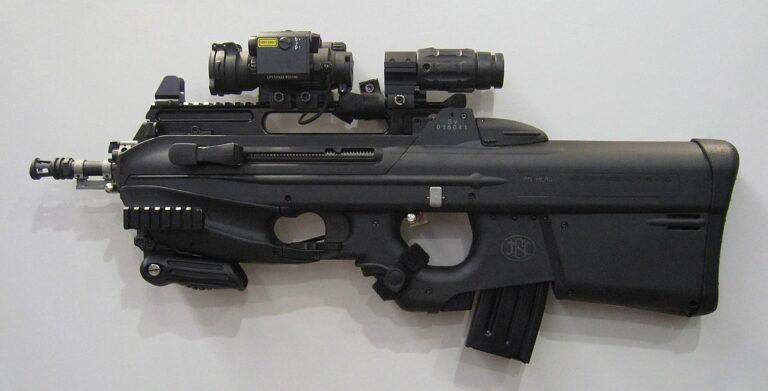Introduction
The MG42, nicknamed “Hitler’s saw” for its terrifying rate of fire, is one of the most emblematic weapons of the Second World War. Designed by Nazi Germany to replace the MG34, this machine gun became famous for its reliability, ease of production and firepower. Used on all fronts by German forces, it influenced the design of many modern weapons.
This article explores the history, specifications and performance of this formidable machine gun, while highlighting its enduring heritage.
History and design of the MG42
The MG42 was developed in 1942 to overcome the limitations of its predecessor, the MG34, which, although powerful, was complex and expensive to produce. Metall- und Lackierwarenfabrik Johannes Großfuß AG designed a simpler, more robust weapon suitable for mass production.
Officially adopted in 1942, the MG42 quickly replaced the MG34 in the field. Its extremely high rate of fire (up to 1,200 rounds per minute) gave it a psychological and tactical advantage, making its characteristic noise as feared as it was effective.
After the war, the MG42 served as the basis for modern machine guns like the MG3, still in service in many armies today.
MG42 technical specifications
Here’s a look at the specifications of this iconic machine gun:
– Caliber: 7.92×57 mm Mauser
– Firing rate: 1,200 to 1,500 shots per minute
– Effective range: 1,000 meters (supporting fire)
– Operating system: Short reverse with roller lock
– Weight: 11.6 kg (without tripod)
– Total length: 1,230 mm
– Barrel length: 530 mm
– Feed capacity: 50-cartridge metal strip (expandable)
– Materials: Stamped steel construction to reduce production costs
Performance and reliability
The MG42 is renowned for its exceptional performance on the battlefield:
– Impressive rate of fire: With up to 1,500 shots per minute, it could neutralize targets quickly and saturate an area with suppressive fire.
– Quick barrel change: The barrel could be replaced in a matter of seconds, essential to prevent overheating during prolonged firing.
– Robustness: Designed with economical yet tough materials, it operated in tough conditions, including mud, dust and extreme temperatures.
– Ease of production: Unlike the MG34, it used stamped components, which simplified and accelerated its manufacture.
Ergonomics and ease of use
Although the MG42 was relatively heavy, its intelligent design made it surprisingly maneuverable for a machine gun of its time.
– Tripod: Used for stabilized long-distance shooting, it improved accuracy and reduced shooter fatigue.
– Ergonomic handle: for effective control, even under sustained fire.
– Modularity: It could be used as a light, medium or heavy machine gun, depending on the accessories added, such as a tripod or optics.
Comparison with other machine guns of the period
Browning M1919
The Browning M1919, used by the Allied forces, was reliable and robust but had a much lower rate of fire (400 to 600 shots per minute). It was also heavier, limiting its mobility.
Vickers
The British Vickers machine gun, although extremely durable, was heavy and required a crew to operate effectively. It lacked the versatility and simplicity of the MG42.
Degtyaryov DP-28
The Soviet DP-28, often nicknamed “the frying pan” because of its disc-shaped magazine, was lighter and easier to produce, but its rate of fire and accuracy were inferior to those of the MG42.
MG42 applications
– Support fire: Used to cover the advance of troops or defend strategic positions.
– Suppressive fire: Thanks to its rate of fire, it could immobilize enemy forces by saturating an area with projectiles.
– Versatility: mounted on vehicles or used with a tripod for defensive or offensive roles.
Heritage and Influence
The MG42 left a lasting imprint on the history of firearms. Its roller-locking mechanism has influenced modern machine guns such as the German MG3 or the FN MAG. Its high rate of fire remains a benchmark for modern machine guns.
Conclusion
The MG42 is much more than just a machine gun: it’s a symbol of technological innovation and military efficiency. Its impressive rate of fire, reliability and ease of production made it a formidable weapon that left its mark on the history of the Second World War. Today, its legacy lives on in modern weapons inspired by its revolutionary design.









